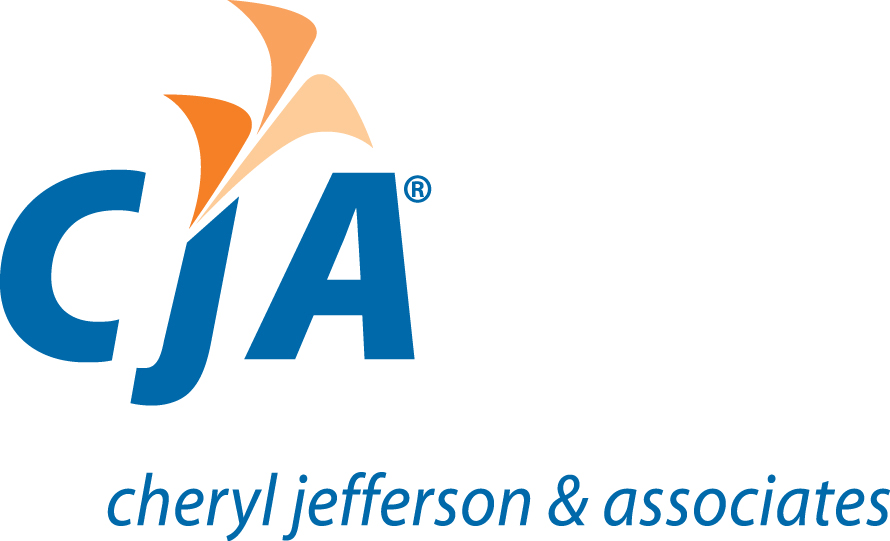The New Lease Standard
The New FASB Lease Standard
Year-end finally feels like a distant memory, and you can breathe again. Do not get too comfortable though. As one door closes, another opens… the new lease standards. You remember hearing about the new lease information years ago. So why is it important now and does it even affect your business? These are just a few common questions many have about the new lease standard: ASC 842 – Leases.
Why Replace ASC 840?
ASC 840 is the guidance for lease accounting prior to ASC 842. It recognizes leases as either capital or operating. The major difference between ASC 840 and ASC 842 is how operating leases are recognized. Operating leases were reported in the footnotes of financial statements, not on the balance sheet. When the accounting scandals of the 2000s took place. It became apparent that the way operating leases were reported was not efficient. To ‘close the loophole’ the Financial Accounting Standards Board (FASB) began to develop a new lease standard.
FASB issued the new lease standard, ASC 842, in 2016. The purpose of ASC 842 is to ‘increase transparency and comparability’ by recognizing lease assets and lease liabilities on all leases – financing and operating. Short-term leases, less than 12 months, are the exception. It also enhances lease disclosure requirements. ASC 842 for public business entities took effect for fiscal years beginning after December 15, 2018. There have been delays for non-public business entities effective date due to the COVID-19 pandemic. The effective date is for fiscal years starting December 15, 2021, and interim periods within fiscal years beginning after December 15, 2022.
Adoption of the Lease Accounting Standard
With the deadline approaching quickly, it is important to start the implementation process. There are specific requirements that a lessee must complete to recognize financing and operating leases in accordance with ASC 842. Challenges may occur for businesses when implementing the new lease standard. According to FASB, many preparers are observing unanticipated costs and complexities. Other challenges businesses may face are:
- Determining if a contract is a lease or contains a lease
- Separating lease and non-lease components
- Lacking a qualified team to complete implementation
- Creating and/or revising processes and procedures
The implementation of ASC 842 is not only timely, but costly too. To some it may feel like an overwhelming task. At Cheryl Jefferson & Associates, we have the expertise you need to make the transition run smoothly.
Contributed by Elizabeth Partlow.

